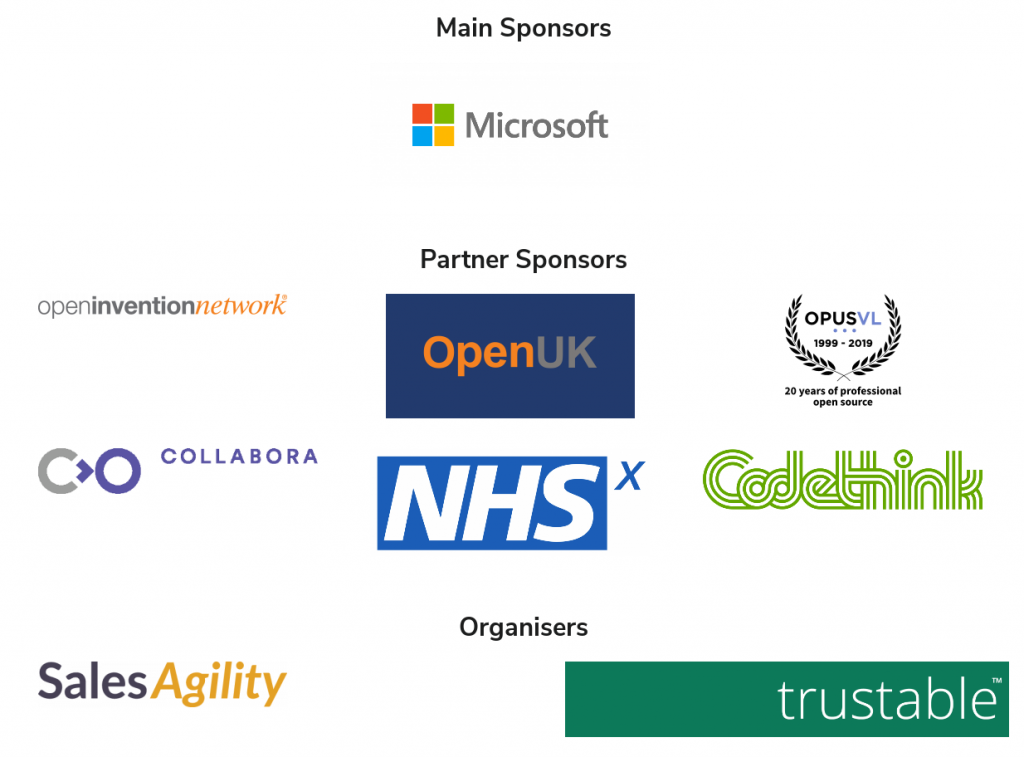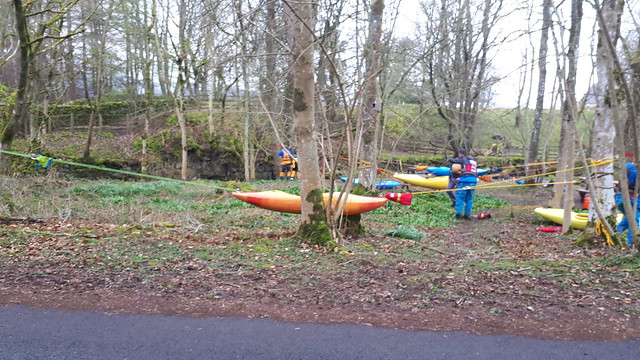There is a dangerous radicalised movement in the UK that wants to bring economic and social destruction to it citizens. It is the politicians who want a no deal Brexit. There are maybe 100 MPs in parliament who want this to happen. Most of the contenders for the leader of the Conservative party claim to want it to happen. The Brexit party, who came first in the European elections in England, wants it to happen.
A no deal Brexit means that goods and services and money and people which could previously cross over a line on a map will now not be able to. Very basic free market economics means this will result in less economic activity in the long term and in the short term means chaos. “Chaos” is the term used by Theresa May’s government to describe it, she started by saying that no deal was better than a bad deal but when the reality dawned on her she couldn’t go through with it. She ended up turning on her own MPs and parliament in a desperate attempt to win the people over but this was never going to work when it was the paliament she had to win over. She has now stepped down from leading that political party and will soon step down from leading that government.
There is not enough parliamentary time to get half the legislation needed to make this happen in a manor which is vaguely controlled. When it was due to happen earlier this year hundreds of millions of pounds maybe even billions of pounds were spent trying to mitigate against the effects. It is next scheduled to happen on 1 November and the political pressure to allow it to happen is growing. The civil servants who worked on the mitigation have gone back to their regular jobs but they will be asked to move into no deal Brexit preparations again later in the Summer. Many will have left the civil service then knowing what will happen. Expecting to mitigate against economic collapse after a couple months in the job is not an achievable task.
There are calls to force the UK parliament to shut down to ensure it happens. When the contenders for prime minister are calling for social and economic collapse and to shut down parliament to ensure that happens we are living through a democracy that is collapsing.
There is not even enough time to allow for trading under WTO terms, the UK has no registered list of tariffs for the thousands of items that needs to applied and the 180odd member states who need to vote on that schedule have voted against what the UK has proposed so far. So the hard border these politicians want around the UK will become an unbalanced one, other countries will charge whatever they like for customs knowing the UK can do nothing in retaliation.
The SNP won the European election in Scotland by a landslide. Sinn Féin won the first preference votes in Northern Ireland. But a UK in economic collapse is not a good starting place to win an independence or reunification referendum. People will cling to what they know and for some reason people do insist in clinging to the idea of Britain.
What will happen is a mugs game. The Tory party will select a new leader at the end of July. As far as anyone understands how the UK parliament works that means our monarch Betty will appoint them Prime Minister . The new PM might play constitutional games and shut down parliament which would again involve calling in Betty to do his or her dirty work. But assuming parliament resists that, a motion of no confidence will likely be proposed by Jeremy Corbyn and because the is no majority for the Tories they will either need to give the DUP another large bung or they will fail, they might fail regardless as some Tories are sensible enough not to want a no deal Brexit. That gives 14 days for the government to resign and find another PM or call a general election. The election then would be at the start of September which allows for about two weeks of parliament time to work out who the hell will be PM next. That election will be so unpredictable that the Lib Dems might win it for all we know, the Brexit party might make a breakthrough, the SNP will possibly take all the seats in Scotland, really nobody can say. There is then a three week break for political party conferences giving only three weeks until no deal Brexit happens.
We live in interesting times. But I wish we didn’t.















